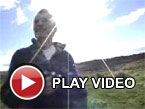
This latest EP from Ren Schofield's reliably intense Container project feels somewhat less like being flattened by an out-of-control train than usual. According to Schofield, his "intentions and goals for this record were to make it way more 'rock' oriented than 'techno,'" but Creamer ultimately landed quite far from anything resembling a recognizable rock album. Schofield also set out to “incorporate some potentially awkward sounding time signatures," but "disguise them as something digestible." There is plenty on Creamer which suggests that Schofield succeeded admirably in that regard, but it is damn near impossible to think about anything as academic as a time signature when a Container album is playing, as the overall impression is invariably bludgeoning, brutal, and ruthlessly shorn of any arty or conceptual pretensions. Like every Container release, Creamer feels like being repeated smacked in the face with a 2x4 by a man who is constantly tweaking and focusing his technique for maximum impact. That said, this EP does feel a bit less hyper-caffeinated than usual and I actually do find that to be "more digestible." It would be a stretch to call Creamer softer than usual though, as this release crams a truly a remarkable amount of innovation and white-knuckle ferocity into a lean, mean, and damn near perfect fifteen minutes.
This EP is comprised of wall-to-wall hits, but the opening title piece feels like its raison d'être and most laser-focused statement of intent. It also makes for quite a bracing opening salvo, as it sounds like Renfield affixed a contact mic to a psychotic electronic bee, then enhanced that splattering and distressed synth blurting with an impressively seismic bass throb. And the crushingly heavy, head-bobbing groove that follows is absolutely top-tier Container. I suspect Schofield is quickly bored by any sustained dip in tension or weirdness though, so "Creamer" soon detours into a pummeling kick drum assault/gnarled squall of synth noise for a minute before locking back into the groove for a final exclamation point. The following "Rippler" is closer to business-as-usual, as it features a hyperkinetic, off-kilter groove and an explosive array of stuttering, laser-like synth splatters. It basically sounds like an out-of-control train barreling into a Pink Floyd tribute light show, which is probably something the world could use more of. Later, "Shingles" feels like an electro-punk pulse erupting from a machine-like locked groove. The beat itself initially feels unusually straightforward, yet Schofield quickly ratchets up the craziness with some truly gnarly electronic mayhem and shifting cymbal patterns to yield a relentlessly clattering, splattering, and malevolently buzzing juggernaut. Naturally, the closing "Sniffers" is yet another monster, as it feels like a stuttering and too-fast breakbeat is constantly threatening to derail while thick synth bubbles violently effervesce in sync with the buzzing bass throb. All of Creamer's four pieces are characteristically great and I continue to be amazed at what Schofield can achieve with such a simple and constrained sound palette. When he is at his best (as he often is here), Schofield achieves a truly singular marriage of ruthless precision, go-for-broke intensity, and endlessly boiling unresolved tension. And he is also a man who knows exactly how to distill a statement to its necessary essence without ever lingering, spinning his wheels, or overstaying his welcome, which I greatly appreciate with music this relentless and physical.
Samples can be found here.


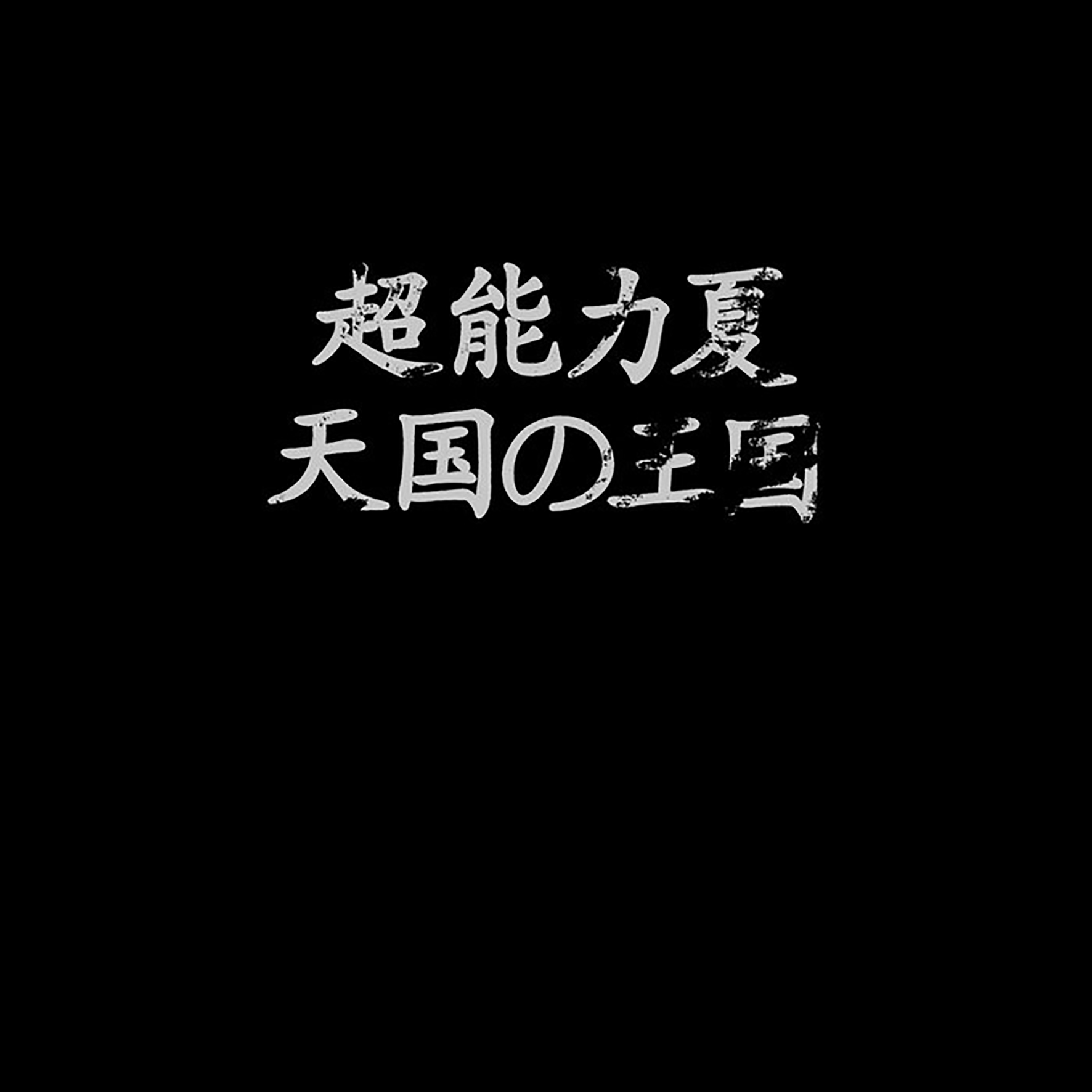 Back in the mid-'90s, His Name is Alive and Pale Saints were labelmates on 4AD and a seemingly one-off studio collaboration between Warren Defever and Ian Masters called ESP Summer was born. While that debut album arguably felt like a too-smooth and straightforward blend of the two artists' aesthetics, it did not take long for deeper eccentricities start appearing, as the project soon started varying its name (ESP Neighbor, ESP Continent), omitting crucial information from album credits, and exclusively releasing limited releases on odd formats. Aside from that, they also went on a 25 year hiatus that finally ended with a pair of releases on Osaka, Japan's Onkonomiyaki label in 2020. Both were quite weird (Here is composed of minimal, vocal-free sound collages), but one of them was also quite good and this is that one: originally a 5" lathe cut vinyl release entitled 天国の王国, the EP is now getting a second life with the translated and apt title Kingdom of Heaven. More specifically, this EP is comprised of four very divergent covers of a single song from the 13th Floor Elevators' 1966 debut (and one written by Powell St. John rather than the band, no less). While the original "Kingdom of Heaven" is a perfectly fine song that was not exactly begging for further enhancements, its strong hooks make it a perfect and sturdy melodic center for Masters and Defever's freewheeling dreampop and psych experimentation. Given the project's oft-inscrutable trajectory, Kingdom of Heaven is an unexpectedly focused, memorable, and compelling release.
Back in the mid-'90s, His Name is Alive and Pale Saints were labelmates on 4AD and a seemingly one-off studio collaboration between Warren Defever and Ian Masters called ESP Summer was born. While that debut album arguably felt like a too-smooth and straightforward blend of the two artists' aesthetics, it did not take long for deeper eccentricities start appearing, as the project soon started varying its name (ESP Neighbor, ESP Continent), omitting crucial information from album credits, and exclusively releasing limited releases on odd formats. Aside from that, they also went on a 25 year hiatus that finally ended with a pair of releases on Osaka, Japan's Onkonomiyaki label in 2020. Both were quite weird (Here is composed of minimal, vocal-free sound collages), but one of them was also quite good and this is that one: originally a 5" lathe cut vinyl release entitled 天国の王国, the EP is now getting a second life with the translated and apt title Kingdom of Heaven. More specifically, this EP is comprised of four very divergent covers of a single song from the 13th Floor Elevators' 1966 debut (and one written by Powell St. John rather than the band, no less). While the original "Kingdom of Heaven" is a perfectly fine song that was not exactly begging for further enhancements, its strong hooks make it a perfect and sturdy melodic center for Masters and Defever's freewheeling dreampop and psych experimentation. Given the project's oft-inscrutable trajectory, Kingdom of Heaven is an unexpectedly focused, memorable, and compelling release.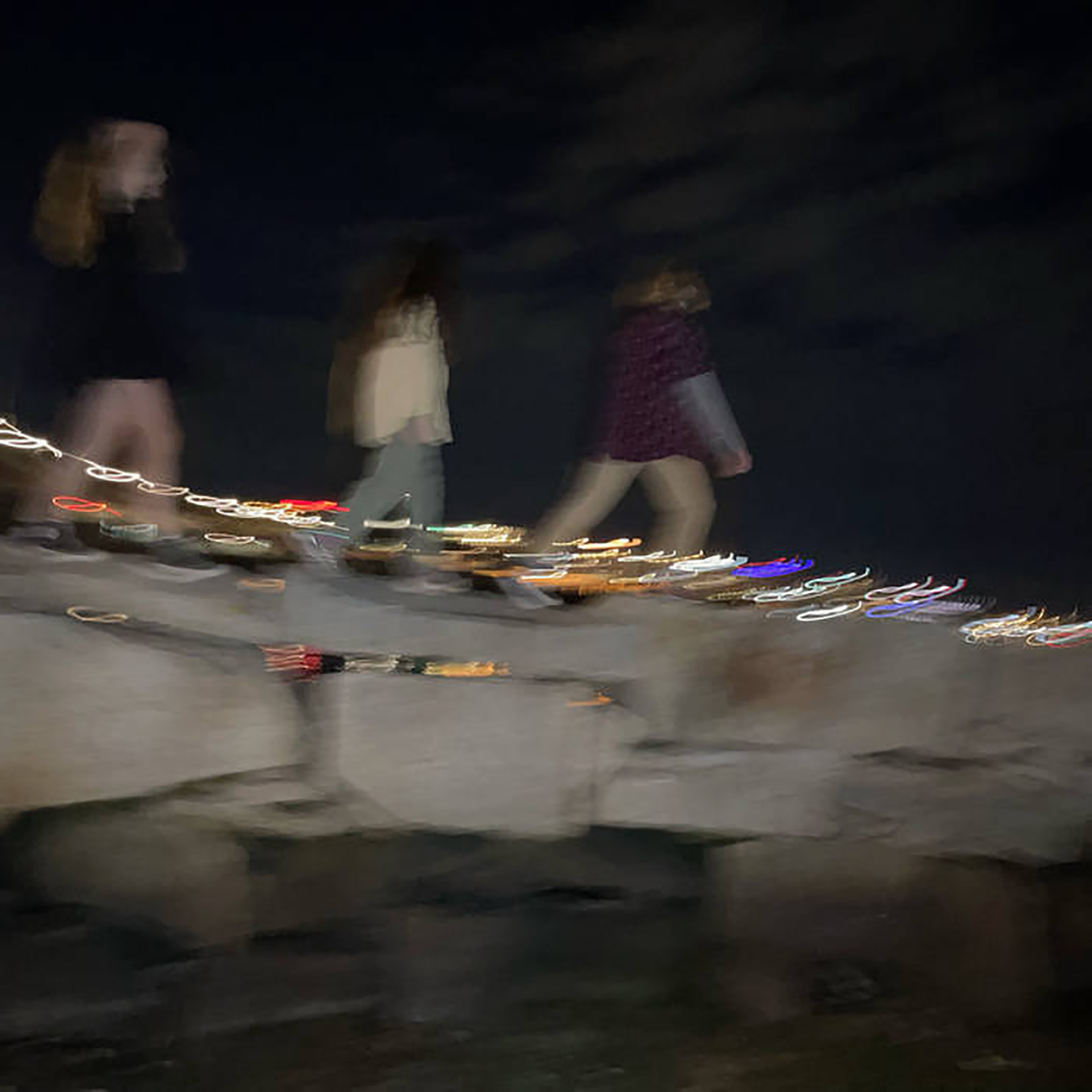 This EP is the debut release from an "all-female rock band" from South Portland, Maine who are notable for several reasons. The biggest of those reasons is probably that the band's singer/guitarist is Quinnisa Kinsella Mulkerin (one-third of Big Blood's current incarnation), but the fact that all three band members are 15 years old is certainly significant as well. Neither of those things would matter all that much if this EP was not also quite good, but it is a remarkably assured and delightful dose of very cool and distinctive garage rock. Unsurprisingly, there are a few welcome resemblances to Quinnisa's other band, as she certainly shares some of Colleen Kinsella's vocal gifts and the two groups share a similar fondness for guitar noise and the assimilation of classic country influences. For the most part, however, Florida Man is quite a different entity altogether, eschewing most of Big Blood's weirder psych elements in favor of something considerably more raw, stripped down, punchy, and concise.
This EP is the debut release from an "all-female rock band" from South Portland, Maine who are notable for several reasons. The biggest of those reasons is probably that the band's singer/guitarist is Quinnisa Kinsella Mulkerin (one-third of Big Blood's current incarnation), but the fact that all three band members are 15 years old is certainly significant as well. Neither of those things would matter all that much if this EP was not also quite good, but it is a remarkably assured and delightful dose of very cool and distinctive garage rock. Unsurprisingly, there are a few welcome resemblances to Quinnisa's other band, as she certainly shares some of Colleen Kinsella's vocal gifts and the two groups share a similar fondness for guitar noise and the assimilation of classic country influences. For the most part, however, Florida Man is quite a different entity altogether, eschewing most of Big Blood's weirder psych elements in favor of something considerably more raw, stripped down, punchy, and concise. I was inexplicably late to the party on this wonderful London quartet, as the presence of drummer Valentina Magaletti is almost always a reliable indicator that something compelling is happening and that is especially true of this project. Fortunately, I realized my mistake when I chanced upon their 2019 single "Magician's Success" and its delightfully surreal video, which scratched exactly the same itch as all my favorite Broadcast and Stereolab songs (two acts that Vanishing Twin is probably damned to be compared to forever). While I would admittedly be thrilled if Vanishing Twin simply picked up where those two other brilliant bands left off, their actual influences are considerably more wide-ranging and endlessly mutating (Morricone, Sun Ra, Martin Denny, and Alice Coltrane are just a few of the band's explicit inspirations this time around). That said, the album does kick off with yet another excellent and welcome single in the vein of prime Stereolab (the title piece), yet the foursome also achieve a similar degree of success elsewhere with more disco- and swinging '60s film soundtrack-inspired fare. For the most part, I look to Vanishing Twin primarily for great singles at this point and Ookii Gekkou includes at least three of those, so I consider it a success. The rest of the album occasionally verges on being too smoothly poppy for my taste, but the omnipresent virtuosic rhythm section of Magaletti and bassist Susumu Mukai goes a long way towards keeping the album groovy and fun enough to keep me interested regardless.
I was inexplicably late to the party on this wonderful London quartet, as the presence of drummer Valentina Magaletti is almost always a reliable indicator that something compelling is happening and that is especially true of this project. Fortunately, I realized my mistake when I chanced upon their 2019 single "Magician's Success" and its delightfully surreal video, which scratched exactly the same itch as all my favorite Broadcast and Stereolab songs (two acts that Vanishing Twin is probably damned to be compared to forever). While I would admittedly be thrilled if Vanishing Twin simply picked up where those two other brilliant bands left off, their actual influences are considerably more wide-ranging and endlessly mutating (Morricone, Sun Ra, Martin Denny, and Alice Coltrane are just a few of the band's explicit inspirations this time around). That said, the album does kick off with yet another excellent and welcome single in the vein of prime Stereolab (the title piece), yet the foursome also achieve a similar degree of success elsewhere with more disco- and swinging '60s film soundtrack-inspired fare. For the most part, I look to Vanishing Twin primarily for great singles at this point and Ookii Gekkou includes at least three of those, so I consider it a success. The rest of the album occasionally verges on being too smoothly poppy for my taste, but the omnipresent virtuosic rhythm section of Magaletti and bassist Susumu Mukai goes a long way towards keeping the album groovy and fun enough to keep me interested regardless. I believe I first started to become beguiled with Mary Lattimore's work with the release of 2016's At the Dam, but the following year's Collected Pieces definitely deepened my interest further, as it featured at least two stone-cold instant classics (and the rest of it consistently flirted with similar levels of greatness). While that first collection sets the bar intimidatingly high for this second cassette of unreleased songs, digital-only Bandcamp singles, and other stray pieces, Lattimore tends to be admirably discriminating in what she chooses to release and she has been on a bit of a compositional hot streak over the last couple years. Needless to say, there is plenty to enjoy here. As a whole, this second volume is probably a bit less uniformly strong than its predecessor, but it too contains a few pieces that most Lattimore fans will consider essential. Moreover, a couple of them are not included on the Collected Pieces: 2015‚Äã-‚Äã2020 double LP slated for release in January. As such, only casual Lattimore fans can safely pass up this stand-alone collection, as serious harp-heads will probably not want to deny themselves the pleasures of "Sleeping Deer" and "Princess Nicotine."
I believe I first started to become beguiled with Mary Lattimore's work with the release of 2016's At the Dam, but the following year's Collected Pieces definitely deepened my interest further, as it featured at least two stone-cold instant classics (and the rest of it consistently flirted with similar levels of greatness). While that first collection sets the bar intimidatingly high for this second cassette of unreleased songs, digital-only Bandcamp singles, and other stray pieces, Lattimore tends to be admirably discriminating in what she chooses to release and she has been on a bit of a compositional hot streak over the last couple years. Needless to say, there is plenty to enjoy here. As a whole, this second volume is probably a bit less uniformly strong than its predecessor, but it too contains a few pieces that most Lattimore fans will consider essential. Moreover, a couple of them are not included on the Collected Pieces: 2015‚Äã-‚Äã2020 double LP slated for release in January. As such, only casual Lattimore fans can safely pass up this stand-alone collection, as serious harp-heads will probably not want to deny themselves the pleasures of "Sleeping Deer" and "Princess Nicotine."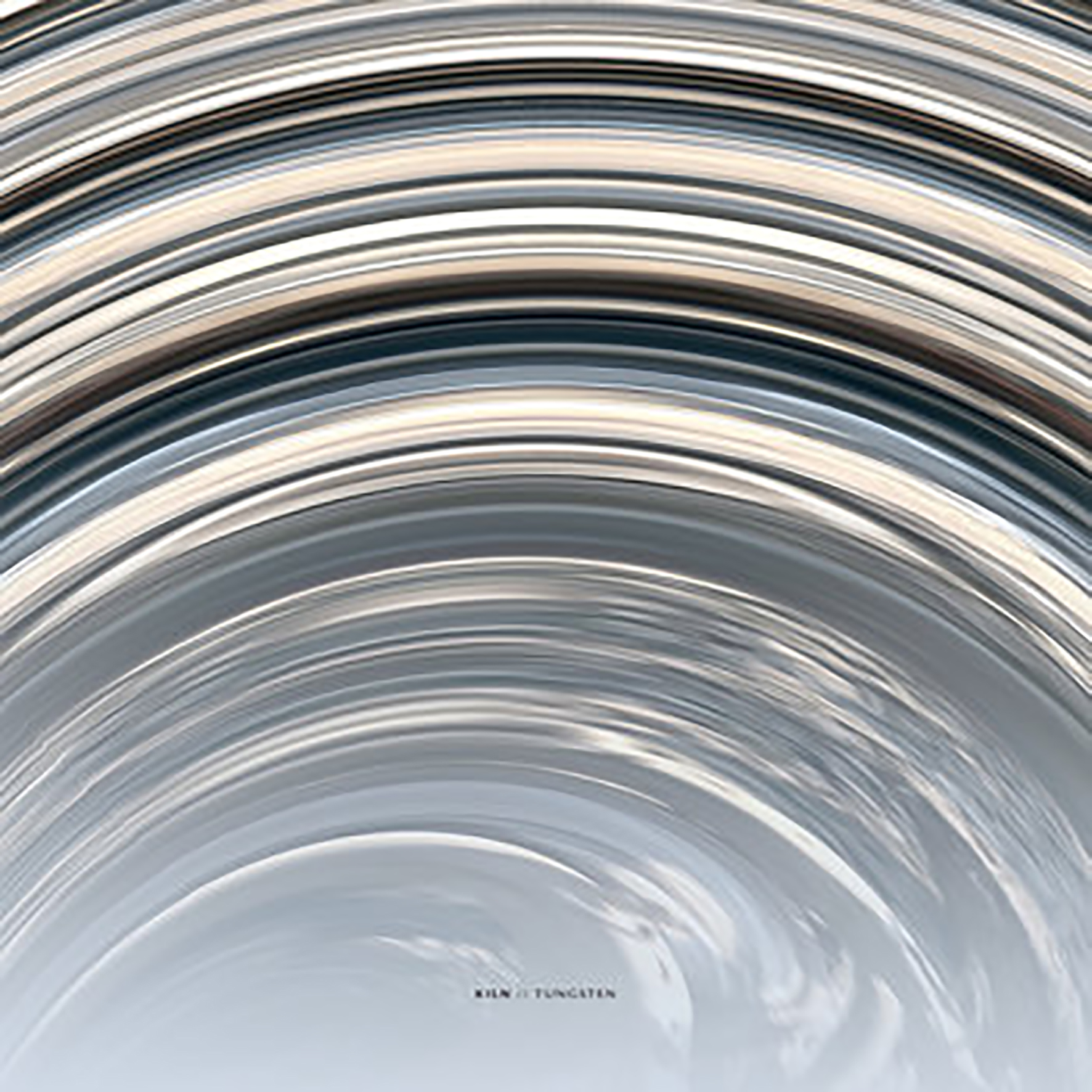
 Given that Anderson and Tyler began working together a few days after participating in an event commemorating David Berman, it is not a huge surprise that their guitar instrumentals have a Bermaneque feeling; making myth of the American landscape with moments, as the late poet sang, "when the here and the hereafter momentarily align."
Given that Anderson and Tyler began working together a few days after participating in an event commemorating David Berman, it is not a huge surprise that their guitar instrumentals have a Bermaneque feeling; making myth of the American landscape with moments, as the late poet sang, "when the here and the hereafter momentarily align."
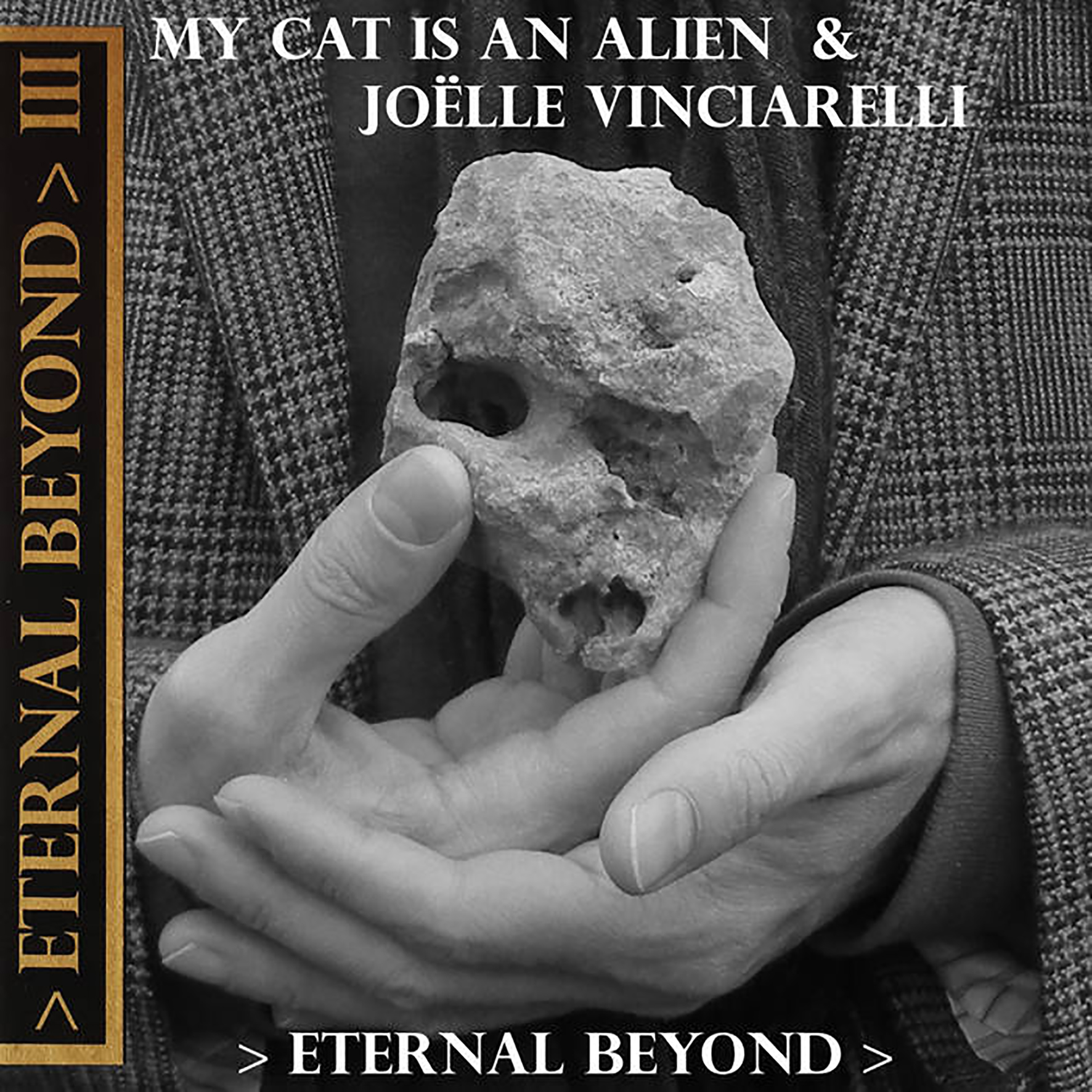 This is the third and final installment of the Opalio brothers' wild and oft-brilliant collaborations with Talweg/La Morte Young’s Joëlle Vinciarelli, as "according to arcane, ancient cultures, sometimes things must come to an end to be "Eternal."" While something wonderful tends to happen just about every single time these three artists convene, this Arthur Rimbaud-inspired installment is the one that the Opalios personally consider the best of the series (at the moment, at least). I do not think I could choose a favorite album from the trilogy, but the opening "Eternal Fanfare for the Warriors" is definitely one of my favorite MCIAA-related pieces to date. While the trio are currently unsure whether the conclusion of the trilogy is their collaborative swansong or just one phase in their continuing evolution, they can safely lay claim to having conjured some of the most visceral and unique sounds to reach my ears in recent memory. Vinciarelli's intensity and unusual collection of instruments is a perfect foil (and grounding force) for the Opalios' otherworldly psychedelia.
This is the third and final installment of the Opalio brothers' wild and oft-brilliant collaborations with Talweg/La Morte Young’s Joëlle Vinciarelli, as "according to arcane, ancient cultures, sometimes things must come to an end to be "Eternal."" While something wonderful tends to happen just about every single time these three artists convene, this Arthur Rimbaud-inspired installment is the one that the Opalios personally consider the best of the series (at the moment, at least). I do not think I could choose a favorite album from the trilogy, but the opening "Eternal Fanfare for the Warriors" is definitely one of my favorite MCIAA-related pieces to date. While the trio are currently unsure whether the conclusion of the trilogy is their collaborative swansong or just one phase in their continuing evolution, they can safely lay claim to having conjured some of the most visceral and unique sounds to reach my ears in recent memory. Vinciarelli's intensity and unusual collection of instruments is a perfect foil (and grounding force) for the Opalios' otherworldly psychedelia.
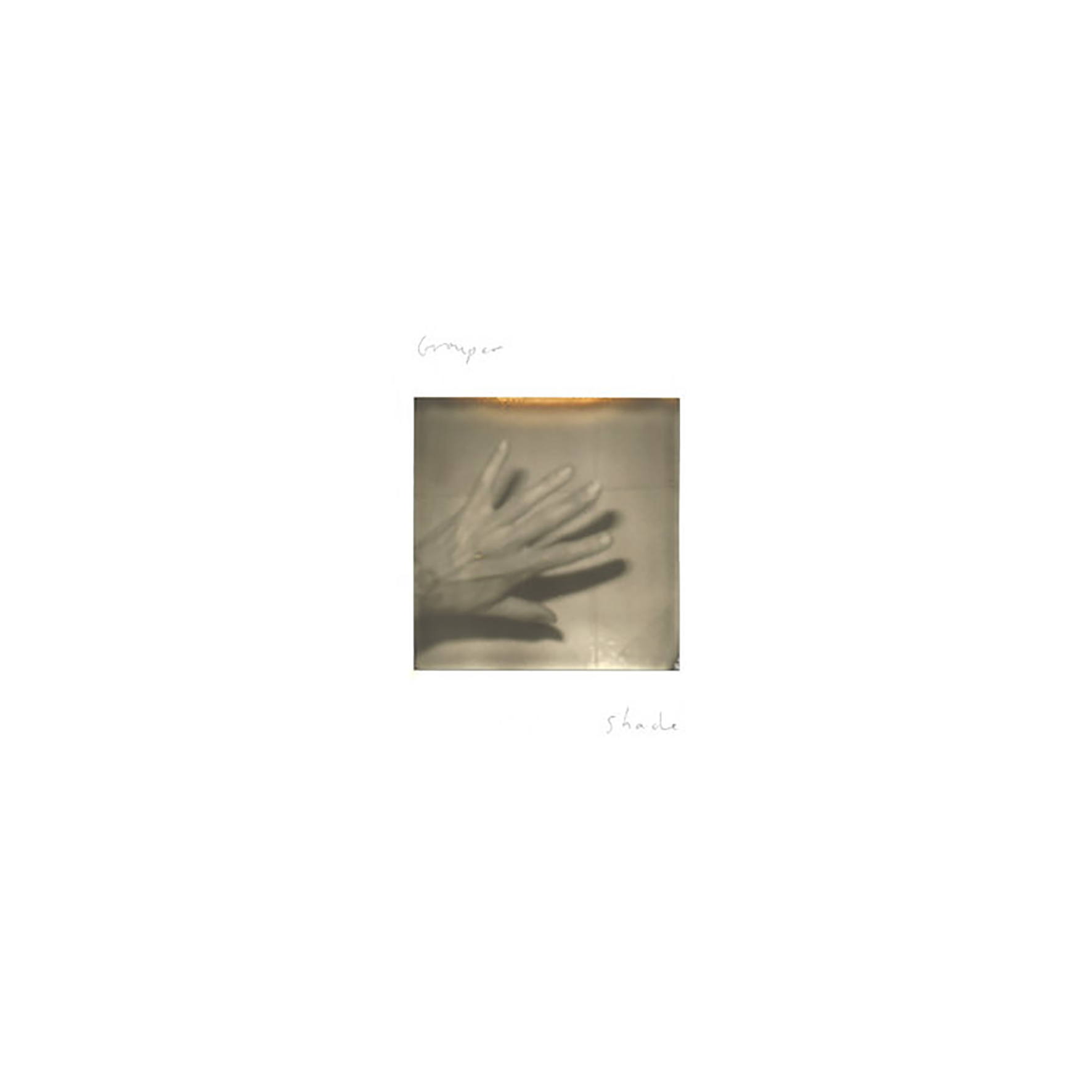 I suppose I have been a devoted Grouper fan since sometime around 2008's Dragging A Dead Dear Up A Hill, but there was a long stretch during The Reverb Years in which I was genuinely mystified by the outsized reverence that people seemed to have for this project (very similar to my experience with The Disintegration Loops, though I love several of Basinski's other albums). In more recent years, however, I have become considerably more convinced that Liz Harris is some kind of iconoclastic visionary (albeit a very slow-moving one), though I am not sure if she is shaping the culture so much as providing a much-needed corrective to its rapidly accelerating and tech-focused trajectory. While my initial impression is that this 12th Grouper full-length is not quite as uniformly strong as some other Grouper albums from recent years, that is less relevant than the fact that it continues Harris's trend towards more intimate, emotionally direct, and beautifully distilled songcraft. In that regard, Shade gives me exactly what I want from a new Grouper album: at least one song that is an absolutely devasting gut punch on the same level of "Parking Lot" and "Living Room." To my ears, that album-defining gem comes in the form of the folky, bittersweet closer "Kelso (Blue Sky)," but there are probably a couple of other sublime and/or unexpected gems destined for semi-permanent heavy rotation in my life as well.
I suppose I have been a devoted Grouper fan since sometime around 2008's Dragging A Dead Dear Up A Hill, but there was a long stretch during The Reverb Years in which I was genuinely mystified by the outsized reverence that people seemed to have for this project (very similar to my experience with The Disintegration Loops, though I love several of Basinski's other albums). In more recent years, however, I have become considerably more convinced that Liz Harris is some kind of iconoclastic visionary (albeit a very slow-moving one), though I am not sure if she is shaping the culture so much as providing a much-needed corrective to its rapidly accelerating and tech-focused trajectory. While my initial impression is that this 12th Grouper full-length is not quite as uniformly strong as some other Grouper albums from recent years, that is less relevant than the fact that it continues Harris's trend towards more intimate, emotionally direct, and beautifully distilled songcraft. In that regard, Shade gives me exactly what I want from a new Grouper album: at least one song that is an absolutely devasting gut punch on the same level of "Parking Lot" and "Living Room." To my ears, that album-defining gem comes in the form of the folky, bittersweet closer "Kelso (Blue Sky)," but there are probably a couple of other sublime and/or unexpected gems destined for semi-permanent heavy rotation in my life as well.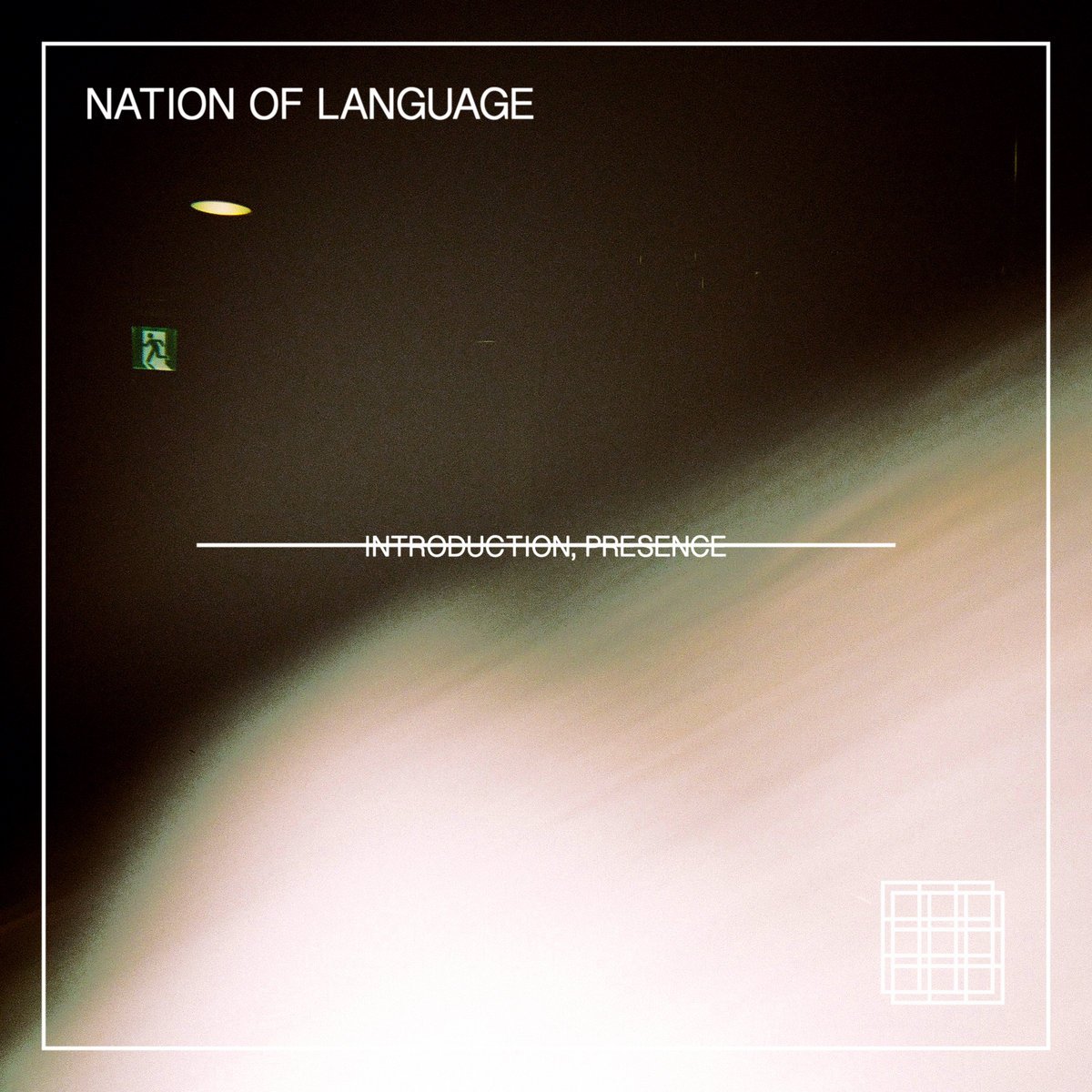 I can comfortably get into complex music at its most intricate, but not all music needs to be this way to fill my soul. The debut from Brooklyn's Nation of Language is rich with eighties new wave vibes, with uncomplicated and passionate melodies evoking warm summer feelings from a bygone time, all the while belying its forlorn lyrical content. Nation of Language started as an homage to the synth-pop of singer Ian Devaney's youth. The band honed and tested their sound through a series of singles over four years before bringing everything together into their full-length debut Introduction, Presence. The apt title implies an introduction to their sound, exuding a genuine and powerful presence to a band that has taken careful care to honor their past with a sound that stands firm in the future.
I can comfortably get into complex music at its most intricate, but not all music needs to be this way to fill my soul. The debut from Brooklyn's Nation of Language is rich with eighties new wave vibes, with uncomplicated and passionate melodies evoking warm summer feelings from a bygone time, all the while belying its forlorn lyrical content. Nation of Language started as an homage to the synth-pop of singer Ian Devaney's youth. The band honed and tested their sound through a series of singles over four years before bringing everything together into their full-length debut Introduction, Presence. The apt title implies an introduction to their sound, exuding a genuine and powerful presence to a band that has taken careful care to honor their past with a sound that stands firm in the future. Under a name (Trip Shrubb) taken from a gravestone in Northamptonshire, Michael Beckett presents a cool subterranean selection from his own 84-track transformation of one of the best records ever released: the
Under a name (Trip Shrubb) taken from a gravestone in Northamptonshire, Michael Beckett presents a cool subterranean selection from his own 84-track transformation of one of the best records ever released: the 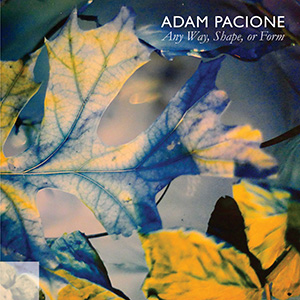 Austin based composer and photographer Adam Pacione's recorded work has been largely digital over the past 10 years or so, which makes this lavish four disc collection all the more significant. Any Way, Shape, or Form complies 2009's Still Life series of subscription only 3" CDRs alongside some other unreleased and rare material from the same era, based around material recorded between 1999 and 2009. In some ways the box is a massive undertaking, though split into comfortably bite sized pieces that perfectly capture Pacione's brand of unique ambient work, it is enjoyable in any listening arrangement.
Austin based composer and photographer Adam Pacione's recorded work has been largely digital over the past 10 years or so, which makes this lavish four disc collection all the more significant. Any Way, Shape, or Form complies 2009's Still Life series of subscription only 3" CDRs alongside some other unreleased and rare material from the same era, based around material recorded between 1999 and 2009. In some ways the box is a massive undertaking, though split into comfortably bite sized pieces that perfectly capture Pacione's brand of unique ambient work, it is enjoyable in any listening arrangement.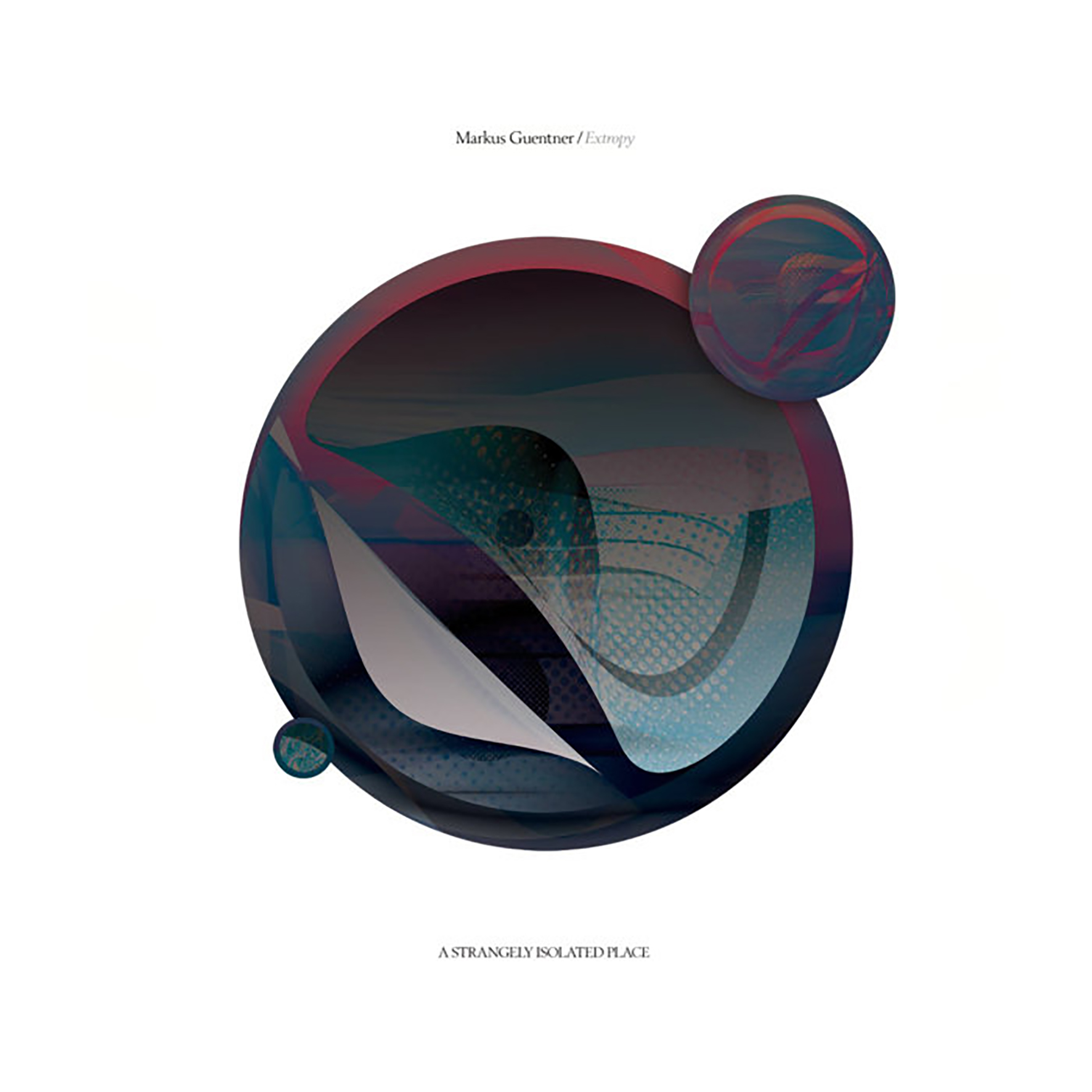 It has admittedly been a while since I have actively followed this German composer's work, but his 2001 debut album (In Moll) spent quite some time in heavy rotation for me during the early 2000s dub- and ambient-techno boom. In more recent years, Guentner has jettisoned the "techno" part of his previous aesthetic and devoted himself to an acclaimed run of space-inspired ambient opuses on LA's A Strangely Isolated Place. Accordingly to Guentner, Extropy "marks the final chapter in an accidental triptych of astronomy-related exploratory albums" that began with 2015's Theia.  While the previous two epics in the series drew conceptual inspiration from the birth of the moon and the earth's relation to the largely unknown and possibly infinite universe, this latest release focuses on "the indefinite growth of the life we hold so dearly." More specifically, Guentner was fascinated by "a pseudoscientific prediction that human intelligence and technology will enable life to expand in an orderly way throughout the entire universe." While I personally expect nothing but entropy instead and note that this album has more of an elegiac feel than an optimistic one, there is no denying that Guenter knows how to make an absorbing and beautifully crafted album. In fact, he may be a bit too good at it, as Extropy would be a bit more memorable if he allowed more sharp edges and eccentricities to creep into his art. That said, this album still seems like it would be one hell of a challenge to top as far as billowing ambient cloudscapes are concerned.
It has admittedly been a while since I have actively followed this German composer's work, but his 2001 debut album (In Moll) spent quite some time in heavy rotation for me during the early 2000s dub- and ambient-techno boom. In more recent years, Guentner has jettisoned the "techno" part of his previous aesthetic and devoted himself to an acclaimed run of space-inspired ambient opuses on LA's A Strangely Isolated Place. Accordingly to Guentner, Extropy "marks the final chapter in an accidental triptych of astronomy-related exploratory albums" that began with 2015's Theia.  While the previous two epics in the series drew conceptual inspiration from the birth of the moon and the earth's relation to the largely unknown and possibly infinite universe, this latest release focuses on "the indefinite growth of the life we hold so dearly." More specifically, Guentner was fascinated by "a pseudoscientific prediction that human intelligence and technology will enable life to expand in an orderly way throughout the entire universe." While I personally expect nothing but entropy instead and note that this album has more of an elegiac feel than an optimistic one, there is no denying that Guenter knows how to make an absorbing and beautifully crafted album. In fact, he may be a bit too good at it, as Extropy would be a bit more memorable if he allowed more sharp edges and eccentricities to creep into his art. That said, this album still seems like it would be one hell of a challenge to top as far as billowing ambient cloudscapes are concerned.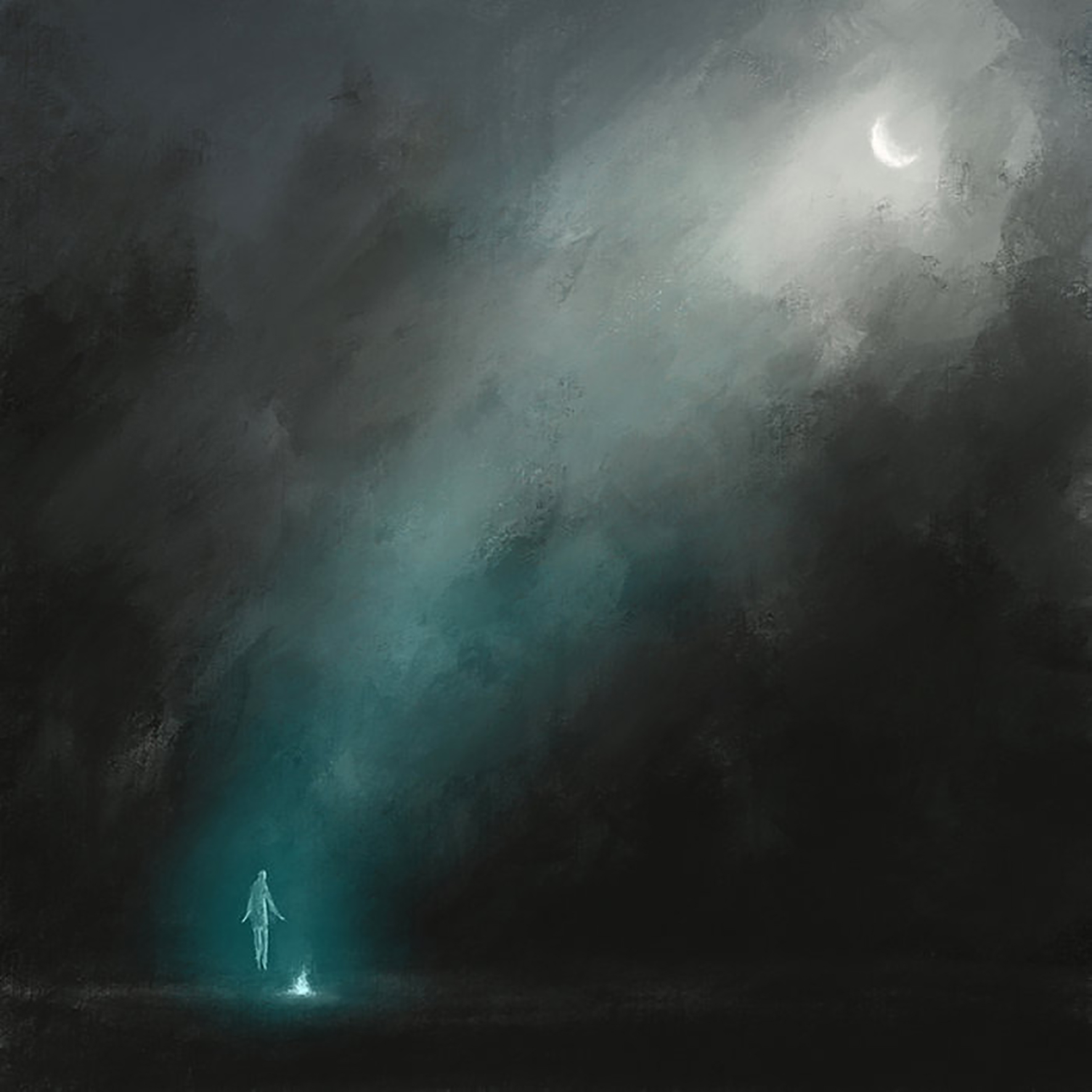 This is the second album from Slovakian neo-classical composer Lukáš Bulko and his first for Lost Tribe Sound (Ceremony is part of the label's "Salt & Gravity" series). Fittingly, Lost Tribe's Ryan Keane was introduced to Bulko’s work by William Ryan Fritch, as the two artists occupy a similar blurry stylistic nexus where film score, classical composition, ambient music, and experimentation meet with oft-unique results. In short, this is a quintessential Lost Tribe Sound album, as Bulko's unusual compositional approach and eclectic choice of instruments elevate this album into something considerably more compelling than most neo-classical albums that find their way to my ears. In that regard, the epic "In The Service of Life" is Ceremony's mesmerizing centerpiece, as Bulko inventively enlivens warm ambient drones with out-of-focus smears of dissonance, gurgling didgeridoo, and surprisingly prominent jaw harp twangs. While not quite everything on Ceremony ascends to the same level, the handful of pieces where Bulko is truly inspired are quite revelatory, as he is in a class by himself as far as compositional fluidity is concerned.
This is the second album from Slovakian neo-classical composer Lukáš Bulko and his first for Lost Tribe Sound (Ceremony is part of the label's "Salt & Gravity" series). Fittingly, Lost Tribe's Ryan Keane was introduced to Bulko’s work by William Ryan Fritch, as the two artists occupy a similar blurry stylistic nexus where film score, classical composition, ambient music, and experimentation meet with oft-unique results. In short, this is a quintessential Lost Tribe Sound album, as Bulko's unusual compositional approach and eclectic choice of instruments elevate this album into something considerably more compelling than most neo-classical albums that find their way to my ears. In that regard, the epic "In The Service of Life" is Ceremony's mesmerizing centerpiece, as Bulko inventively enlivens warm ambient drones with out-of-focus smears of dissonance, gurgling didgeridoo, and surprisingly prominent jaw harp twangs. While not quite everything on Ceremony ascends to the same level, the handful of pieces where Bulko is truly inspired are quite revelatory, as he is in a class by himself as far as compositional fluidity is concerned. This is one of those albums that is likely destined to instantly become some kind of sought-after cult classic, which is amusingly common territory for both of the artists involved. In any case, The Universal Veil is entirely new to me, which makes a lot of sense in some ways (as far as Discogs and Bandcamp are concerned, the project does not exist) and does not make any sense at all in others (Helios/Hind basically checks every single possible box for "things I like"). As far as I can tell, however, Hood Faire's David Chatton Barker and Sam McLoughlin (Samandtheplants, Tongues of Light, etc.) have been performing live together for years under this guise and this album is something of a culminating event for the project, as the duo have collaged fragments of their past performances into a hallucinatory full-length of ravaged lo-fi tape experiments and something akin to "ethnological forgeries" like Harappian Night Recordings' classic The Glorious Gongs Of Hainuwele (or a chopped and screwed trip through the more outré side of Sublime Frequencies discography). Needless to say, that means Helios/Hind sets a course quite far out into the shadowy psychedelic fringes, which is exactly what I would hope for when two artists this singular come together.
This is one of those albums that is likely destined to instantly become some kind of sought-after cult classic, which is amusingly common territory for both of the artists involved. In any case, The Universal Veil is entirely new to me, which makes a lot of sense in some ways (as far as Discogs and Bandcamp are concerned, the project does not exist) and does not make any sense at all in others (Helios/Hind basically checks every single possible box for "things I like"). As far as I can tell, however, Hood Faire's David Chatton Barker and Sam McLoughlin (Samandtheplants, Tongues of Light, etc.) have been performing live together for years under this guise and this album is something of a culminating event for the project, as the duo have collaged fragments of their past performances into a hallucinatory full-length of ravaged lo-fi tape experiments and something akin to "ethnological forgeries" like Harappian Night Recordings' classic The Glorious Gongs Of Hainuwele (or a chopped and screwed trip through the more outré side of Sublime Frequencies discography). Needless to say, that means Helios/Hind sets a course quite far out into the shadowy psychedelic fringes, which is exactly what I would hope for when two artists this singular come together.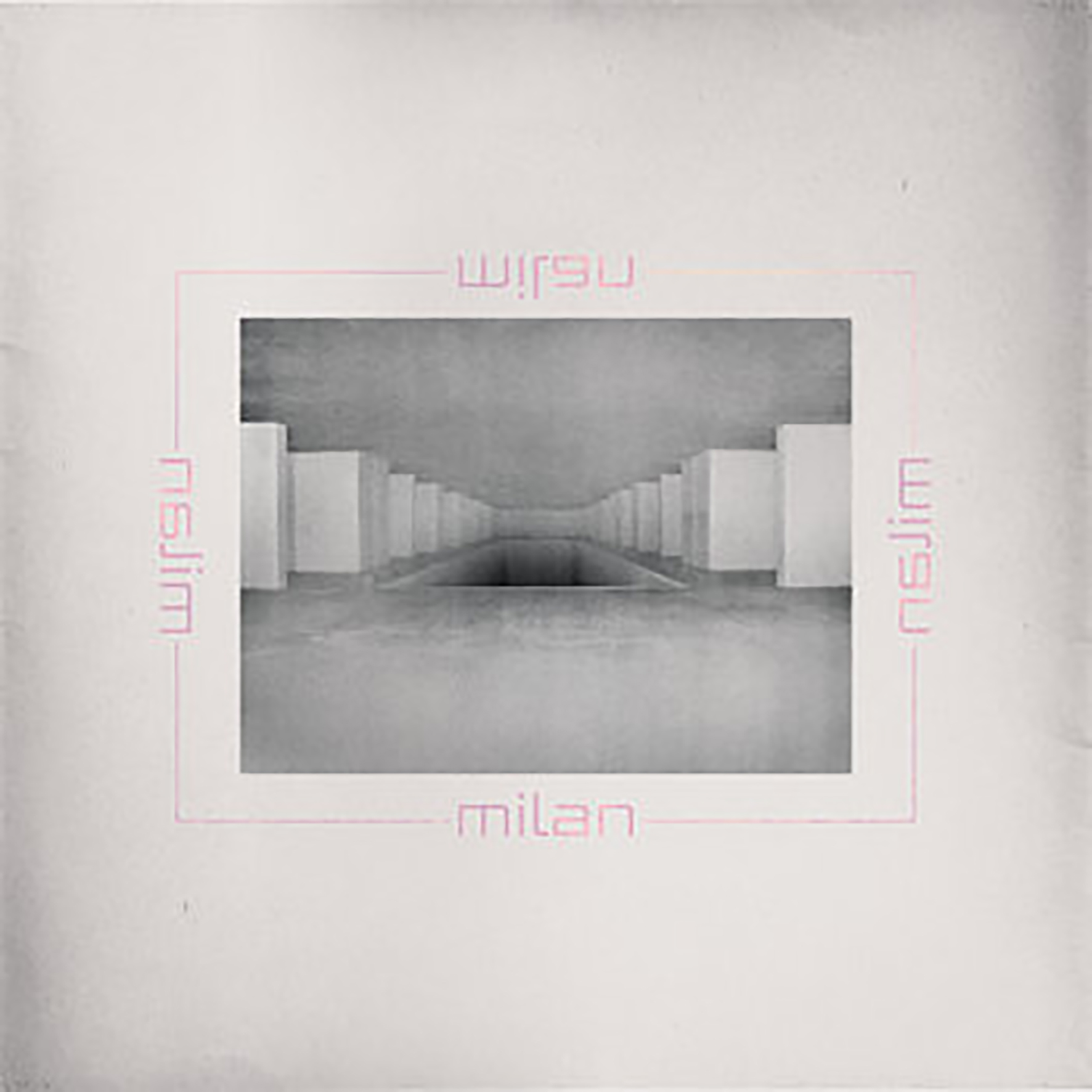
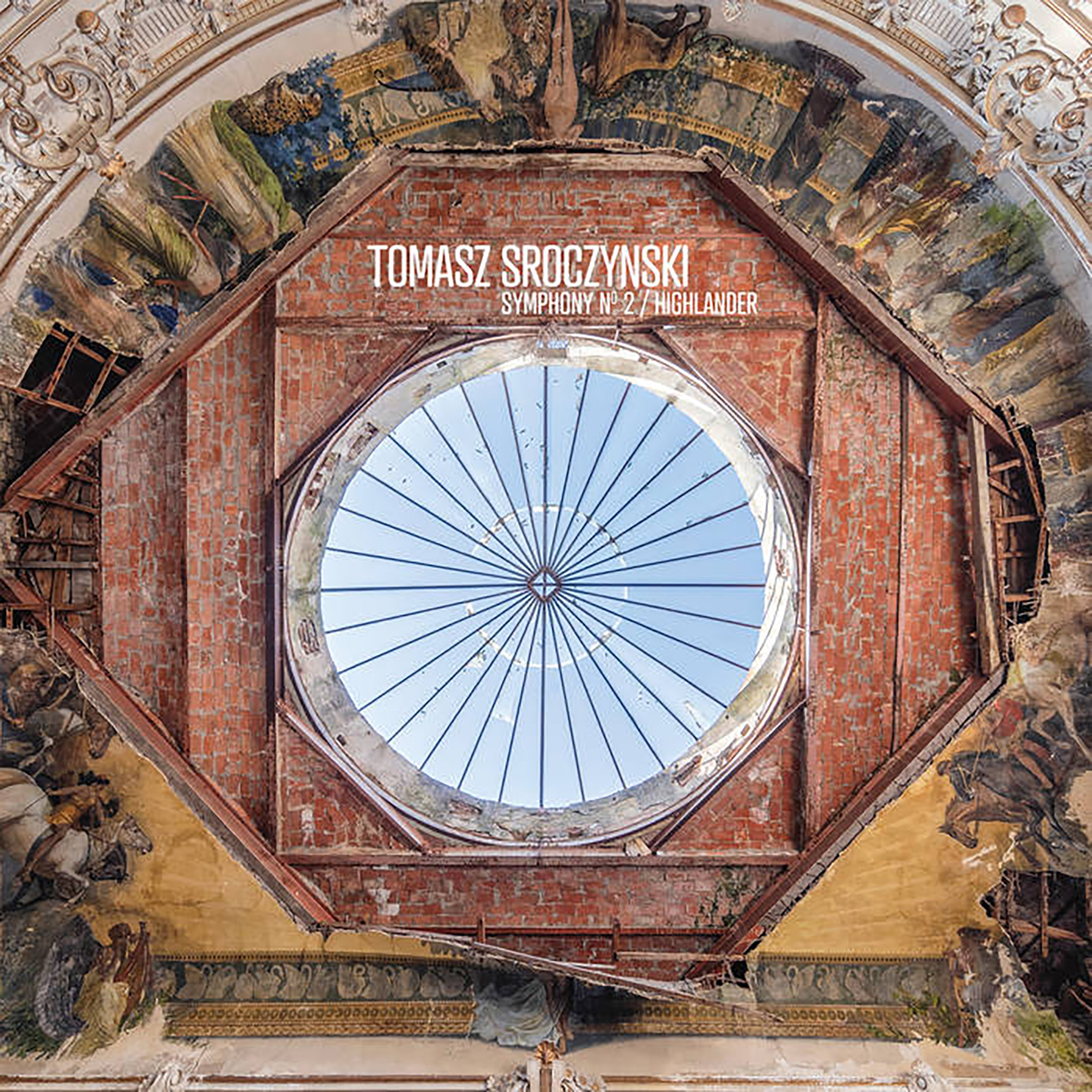 This album was my first exposure to this Polish composer, but this appears to be his sixth album if I include his improv trio and his collaborations. Also, it is the second symphony that he has composed (the first being 2017's Resurrection). Some of his past albums are a bit closer to my own weird/experimental sensibility (Primal and Ajulella, for example), but Symphony n°2 / Highlander is a more straightforward modern classical release and it is one hell of a great one. Or perhaps it would be more accurate to say that Highlander is composed of three very good pieces and one absolutely brilliant one. Naturally, that one absolutely brilliant piece ("Moderato Pastorale") is the best reason to seek this album out, but as the album description notes, "Tomasz Sroczynski is a symphony in his own right." Hyperbole aside, Sroczynski is indeed a genuinely fascinating composer, seamlessly combining influences as disparate as Arvo Pärt, experimental improv, and strains of both classic Detroit techno and contemporary German minimalist techno.
This album was my first exposure to this Polish composer, but this appears to be his sixth album if I include his improv trio and his collaborations. Also, it is the second symphony that he has composed (the first being 2017's Resurrection). Some of his past albums are a bit closer to my own weird/experimental sensibility (Primal and Ajulella, for example), but Symphony n°2 / Highlander is a more straightforward modern classical release and it is one hell of a great one. Or perhaps it would be more accurate to say that Highlander is composed of three very good pieces and one absolutely brilliant one. Naturally, that one absolutely brilliant piece ("Moderato Pastorale") is the best reason to seek this album out, but as the album description notes, "Tomasz Sroczynski is a symphony in his own right." Hyperbole aside, Sroczynski is indeed a genuinely fascinating composer, seamlessly combining influences as disparate as Arvo Pärt, experimental improv, and strains of both classic Detroit techno and contemporary German minimalist techno.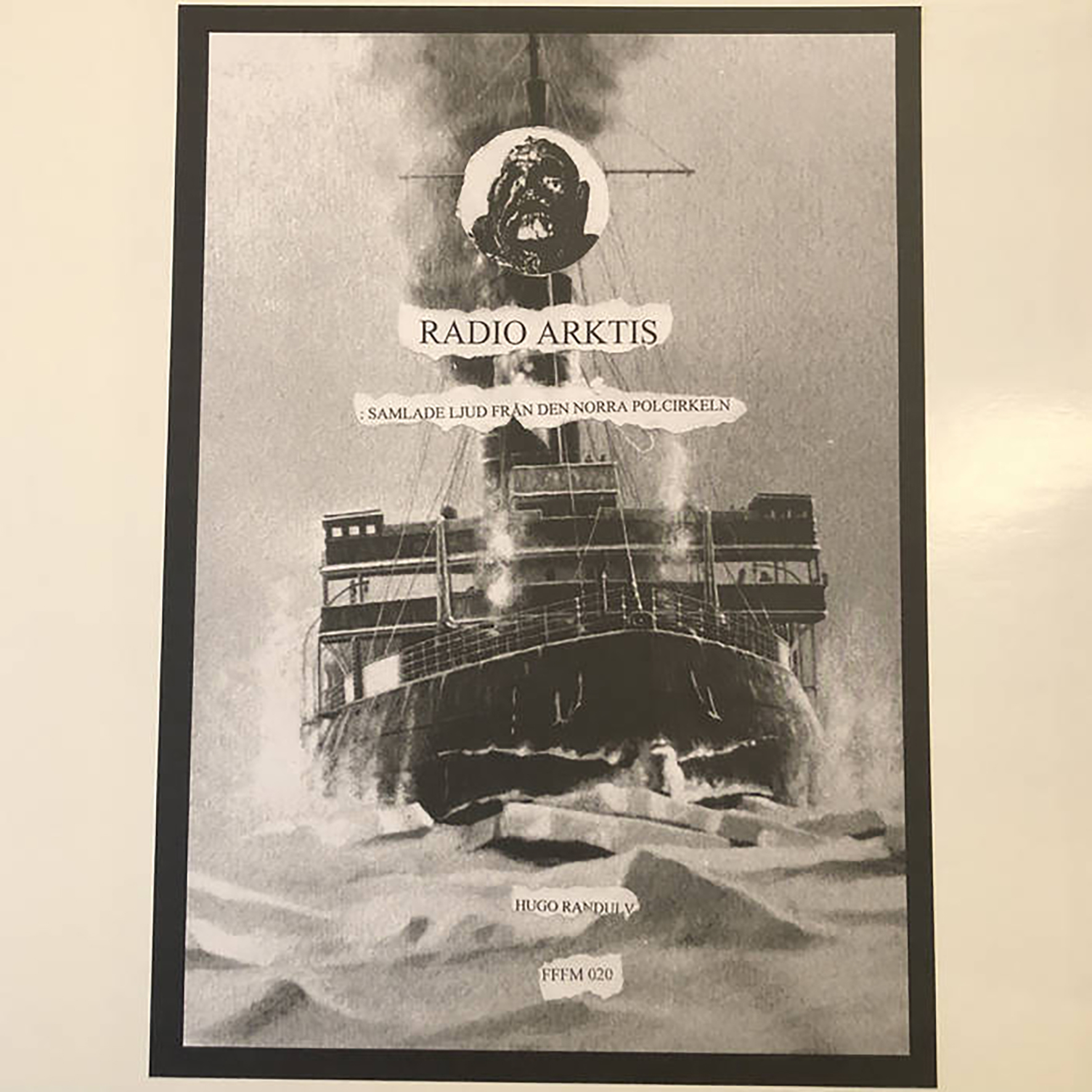 Bandcamp recently published a feature on one of my favorite subjects (the Gothenburg Underground) and it turned me onto this solo release from an artist they dubbed "the closest you'll get to a traditional musician in the Enhet För Fri Musik circle." That is no doubt accurate, as Randulv has been the guitarist in a couple of popular Swedish indie rock bands (Westkust and Makthaverskan) that bear zero resemblance to the outsider folk of Enhet För Fri Musik, but I am sure literally everyone in that collective has extracurricular interests that would surprise me (they are quite an interesting bunch, after all). In any case, the more ambient Radio Arktis is another outlier of sorts, though it is one still creatively indebted to the Gotherberg free music milieu. Randulv notes that the album was inspired by "a dream that one of us had, that we were going to make an imaginary soundtrack to every place on Earth." While the album's title ("Collected Sounds From The Arctic Circle") offers an explicit clue about the first place he chose to soundtrack, Randulv consciously opted for a more "beautiful and bright" aesthetic than I would normally associate with arctic-inspired ambiance. At its best, Radio Arktis carves out a beautiful and distinctive ambient/drone niche that gives Randulv's field recordings and more experimental tendencies fertile soil in which to subtly blossom.
Bandcamp recently published a feature on one of my favorite subjects (the Gothenburg Underground) and it turned me onto this solo release from an artist they dubbed "the closest you'll get to a traditional musician in the Enhet För Fri Musik circle." That is no doubt accurate, as Randulv has been the guitarist in a couple of popular Swedish indie rock bands (Westkust and Makthaverskan) that bear zero resemblance to the outsider folk of Enhet För Fri Musik, but I am sure literally everyone in that collective has extracurricular interests that would surprise me (they are quite an interesting bunch, after all). In any case, the more ambient Radio Arktis is another outlier of sorts, though it is one still creatively indebted to the Gotherberg free music milieu. Randulv notes that the album was inspired by "a dream that one of us had, that we were going to make an imaginary soundtrack to every place on Earth." While the album's title ("Collected Sounds From The Arctic Circle") offers an explicit clue about the first place he chose to soundtrack, Randulv consciously opted for a more "beautiful and bright" aesthetic than I would normally associate with arctic-inspired ambiance. At its best, Radio Arktis carves out a beautiful and distinctive ambient/drone niche that gives Randulv's field recordings and more experimental tendencies fertile soil in which to subtly blossom.